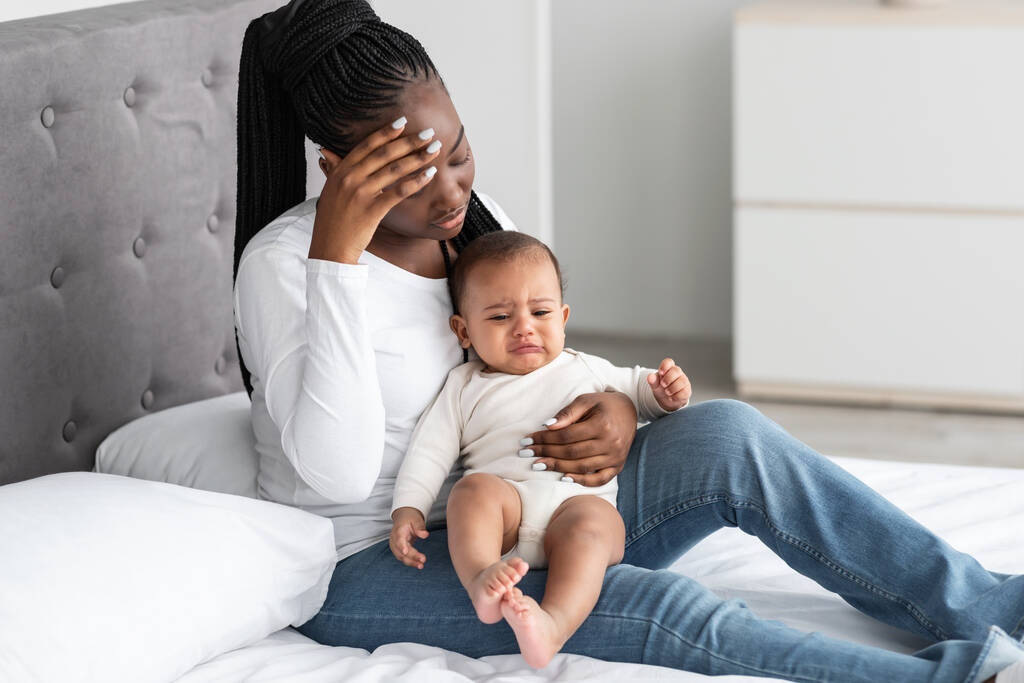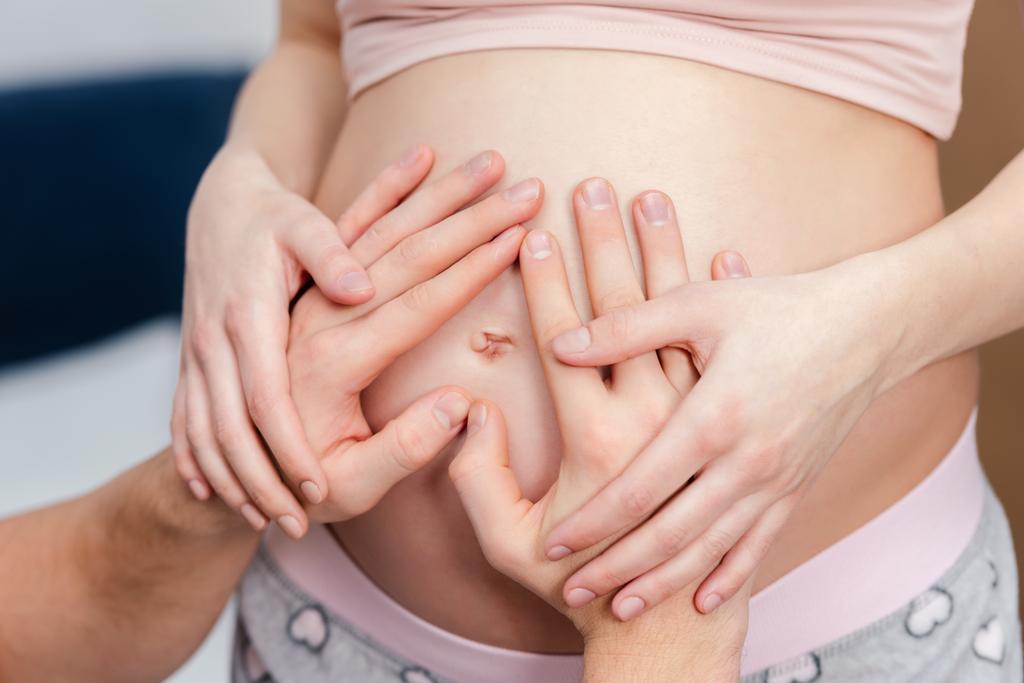Optimizing Your Chances: The Best Times to Have Sex for Conception
Embarking on the journey to start a family is an exciting chapter in many couples’ lives. As they eagerly anticipate the pitter-patter of little feet, understanding the optimal times for conception becomes a crucial aspect of the process. In this article, we will explore the intricacies of the menstrual cycle, pinpointing the best times to have sex for those looking to maximize their chances of conceiving.
The Menstrual Cycle: A Guiding Rhythm
The menstrual cycle, the natural process that prepares a woman’s body for the possibility of pregnancy, is typically around 28 days long, although it can vary from woman to woman. The cycle is divided into two main phases: the follicular phase and the luteal phase.
- Follicular Phase: The follicular phase begins with the first day of menstruation and lasts until ovulation. During this phase, the body prepares to release an egg from the ovary. Hormones, such as estrogen, gradually increase, stimulating the development of the egg within a follicle.
- Ovulation: Ovulation is the pivotal moment in the menstrual cycle. It usually occurs around the midpoint of the cycle, roughly 14 days before the start of the next menstruation. During ovulation, the matured egg is released from the ovary and is ready for fertilization. This short window represents the prime time for conception.
- Luteal Phase: The luteal phase follows ovulation and lasts until the next menstrual period. If fertilization doesn’t occur, the uterine lining is shed, marking the start of a new menstrual cycle.
Pinpointing Ovulation: Understanding the Signs
Recognizing the signs of ovulation is crucial for optimizing the timing of sexual activity for conception. Several methods can help identify this fertile window:
- Menstrual Cycle Tracking: Keeping track of the menstrual cycle over a few months helps establish patterns. Ovulation usually occurs 14 days before the start of the next period, providing a general estimate of the fertile window.
- Basal Body Temperature (BBT) Charting: BBT charting involves tracking the body’s resting temperature each morning. A slight increase in temperature after ovulation signals that the fertile window has passed.
- Cervical Mucus Changes: Around ovulation, cervical mucus becomes clear, slippery, and stretchy, resembling the consistency of egg whites. Monitoring these changes can help predict when ovulation is likely to occur.
- Ovulation Predictor Kits: Over-the-counter ovulation predictor kits are available to detect the surge in luteinizing hormone (LH) that precedes ovulation. These kits can provide a more immediate indication of the fertile window.
The Ideal Timing for Conception:
Once the fertile window is identified, couples can strategically time their sexual activity to optimize the chances of conception. Having regular, unprotected intercourse every two to three days throughout the menstrual cycle can increase the likelihood of fertilization.
- Leading Up to Ovulation: While the egg only survives for about 24 hours after ovulation, sperm can survive in the female reproductive tract for up to five days. Therefore, having intercourse in the days leading up to ovulation ensures that sperm is present and ready to meet the egg when it is released.
- Day of Ovulation: The day of ovulation itself is considered the most fertile day. Couples are encouraged to have intercourse on this day and the days leading up to it to maximize the chances of fertilization.
- Post-Ovulation Considerations: While the chances of conception decrease after ovulation, it’s still possible to conceive for a short period. Some couples choose to continue having intercourse for a day or two after ovulation to cover all bases.
Factors Affecting Conception:
While understanding the menstrual cycle and timing intercourse appropriately are important, other factors can influence the chances of conception:
- Age: Fertility declines with age, especially for women. It’s generally easier to conceive in the early twenties and becomes progressively more challenging in the thirties and forties.
- Lifestyle Factors: Maintaining a healthy lifestyle can positively impact fertility. This includes a balanced diet, regular exercise, limited alcohol consumption, and avoiding smoking.
- Underlying Health Conditions: Certain medical conditions, such as polycystic ovary syndrome (PCOS) or endometriosis, can affect fertility. Seeking advice from healthcare professionals is advisable if there are concerns.
- Male Factors: Male fertility is also a significant factor in conception. Factors such as sperm count, motility, and morphology can impact fertility. Both partners should maintain open communication and seek guidance if needed.
When to Seek Professional Advice:
While many couples successfully conceive by understanding and optimizing the timing of intercourse, some may encounter challenges. It’s advisable to consult with healthcare professionals if:
- No Conception After a Year: If a couple has been actively trying to conceive for a year without success, it’s recommended to seek advice from healthcare providers. For women over 35, seeking advice after six months is advisable.
- Irregular Menstrual Cycles: Irregular menstrual cycles can make pinpointing ovulation more challenging. If cycles are consistently irregular, seeking advice is advisable.
- Known Health Conditions: If either partner has known health conditions that may impact fertility, consulting with healthcare providers before attempting to conceive is wise.
Conclusion:
Optimizing the chances of conception involves understanding the menstrual cycle, pinpointing ovulation, and strategically timing sexual activity. While the process may seem complex, it’s important to approach it with patience and a sense of collaboration between partners.
Couples are encouraged to maintain open communication, support each other through the journey, and seek professional advice when needed. Remember that conception is a unique and individual process, and the key is to approach it with understanding, knowledge, and a shared commitment to building a family. By navigating the fertile window with care and intention, couples can increase their chances of welcoming a new life into their lives.











